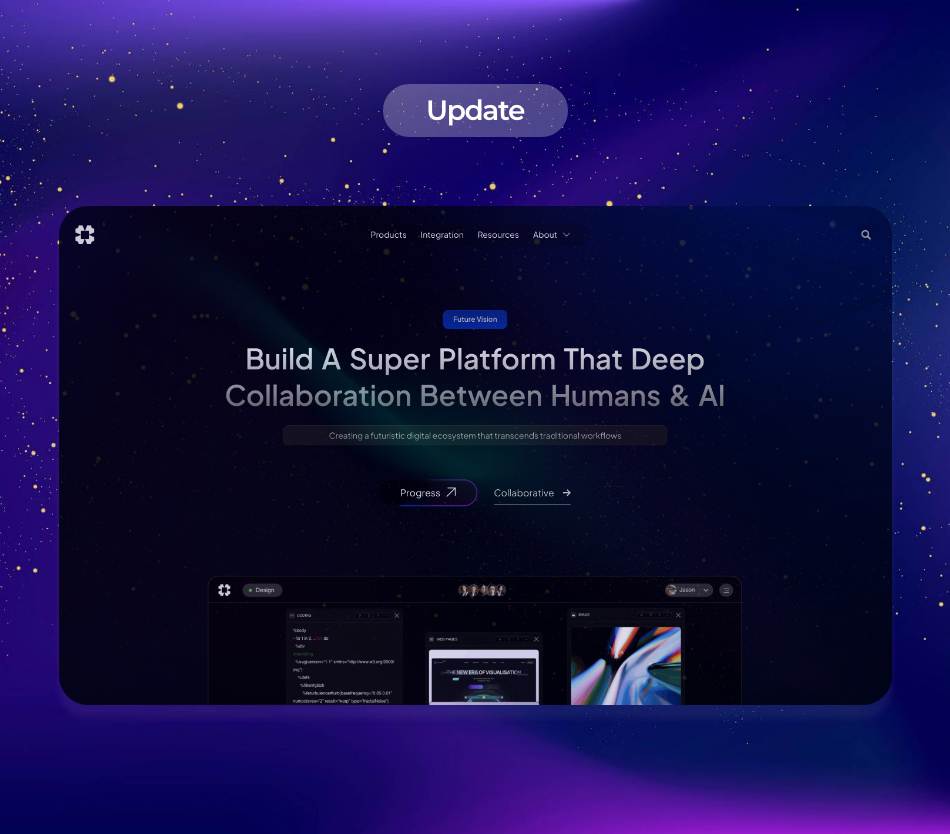Artificial Intelligence (AI) has transcended its initial applications in niche areas and is now becoming a game-changer for businesses across various sectors. Among the exciting advancements in AI, predictive analytics tools are leading the charge, allowing organizations to forecast outcomes and make data-driven decisions with unprecedented accuracy. This article explores the latest trends, industry applications, and the most influential players, including Stability AI and Copy.ai, shaping the future of AI-powered predictive analytics.
.
### The Rise of AI-Powered Predictive Analytics
Predictive analytics is a branch of data analytics that leverages statistical algorithms and machine learning techniques to identify the likelihood of future outcomes based on historical data. As companies collect more data than ever before, the need for sophisticated tools to turn this data into actionable insights has increased dramatically.
AI-powered predictive analytics tools provide businesses with the capability to unlock these insights by analyzing vast datasets to identify patterns and trends. Businesses are using these insights to enhance decision-making processes, optimize operations, and ultimately drive profitability.
.
### Major Players in the Field: Stability AI and Copy.ai
Among the numerous players in the AI analytics landscape, Stability AI and Copy.ai have emerged as frontrunners, offering unique services that differentiate them from the competition.
**Stability AI** specializes in stable diffusion models that improve the reliability of AI outputs. Its predictive analytics capabilities allow organizations in various sectors, including healthcare, finance, and retail, to make more informed decisions. By employing cutting-edge machine learning techniques, Stability AI can reduce uncertainty in predictions, enabling businesses to act swiftly in a volatile market environment.
**Copy.ai**, on the other hand, caters to the content creation market, offering AI-powered tools for generating marketing copy, product descriptions, and more. While its primary focus is not predictive analytics, its underlying technology offers businesses the ability to create content that resonates with their audience through predictive modeling. By analyzing user engagement data, Copy.ai can help businesses craft messages that are more likely to convert, thereby streamlining marketing efforts.
.
### Current Trends in AI-Powered Predictive Analytics
The growth of AI-powered predictive analytics tools is driven by several key trends:
1. **Increased Data Collection**: Organizations are recognizing the value of data in making informed strategic decisions. Advanced IoT devices and other data-gathering techniques are multiplying the data available for analysis.
2. **Integration of Machine Learning**: The incorporation of machine learning algorithms into predictive analytics tools is enabling businesses to improve the accuracy of their predictions. These algorithms allow machines to learn from the data automatically.
3. **Real-time Analytics**: Businesses are gravitating towards tools that provide real-time insights. Real-time predictive analytics enables companies to respond immediately to shifts in consumer behavior and market trends.
4. **User-friendly Interfaces**: As the demand for predictive analytics tools grows, companies are also prioritizing user experience. Simplified interfaces allow non-technical users to leverage advanced analytics without needing extensive data science training.
.
### Industry Applications and Technical Insights
Predictive analytics is being utilized across various industries, each sector leveraging these insights differently:
**Healthcare**: By analyzing patient data, healthcare providers can predict diseases and recommend preventative measures. Hospitals can also predict patient admission rates and optimize staff allocation accordingly, significantly improving operational efficiency.
**Finance**: Financial institutions utilize predictive analytics to identify fraudulent transactions in real time. By analyzing spending patterns and behaviors, banks can detect anomalies that could indicate fraud, significantly reducing risk.
**Retail**: Retail giants are employing predictive analytics to optimize inventory management and enhance customer experience. Predictive models can forecast consumer demand, which improves stock levels and minimizes waste, ultimately boosting profits.
**Manufacturing**: Predictive maintenance is becoming a critical application within the manufacturing sector. By employing predictive analytics, manufacturers can monitor equipment health and predict failures before they occur, thus avoiding downtime and costly repairs.
.
### Use Case: Stability AI in Healthcare
Stability AI has recently made waves with its remarkable contributions to the healthcare industry. By employing its cutting-edge predictive analytics tools, hospitals and healthcare providers can harness vast amounts of patient data to foresee disease outbreaks and adopt preventive measures.
For instance, through real-time analysis of existing patient records combined with social determinants of health and environmental data, Stability AI can alert healthcare providers about potential spikes in specific diseases, such as influenza or COVID-19. Armed with these insights, healthcare facilities can stock up on needed supplies, optimize staffing levels, and implement patient care strategies that mitigate risks and improve overall patient outcomes.
.
### The Future of Predictive Analytics
The future of AI-powered predictive analytics tools is not just promising; it’s transformative. As technology evolves, we can expect even more advanced algorithms, robust data processing capabilities, and improved machine learning techniques that offer greater predictability and reliability.
Moreover, with the growing awareness of data privacy concerns, tools will need to incorporate privacy measures and compliance with regulations. Companies that adopt ethical AI practices will likely gain a competitive edge, earning consumer trust through transparency and data security.
Additionally, we are likely to see a shift in the workforce as more companies incorporate predictive analytics into their operations. Employees will increasingly need skills in data analysis and interpretation, leading to a greater emphasis on data literacy training across various sectors.
.
### Conclusion: Embracing the Future with Confidence
As businesses continue to navigate the complexities of an increasingly data-driven world, AI-powered predictive analytics tools stand at the forefront of strategic decision-making. With advocates like Stability AI pushing the boundaries of what’s possible and solutions like Copy.ai streamlining content creation, the ability to make informed, data-backed decisions has never been more attainable.
Embracing predictive analytics is no longer a choice but a necessity for businesses aiming to thrive in today’s competitive landscape. The advancements made by these technologies will not only enhance operational efficiencies but also provide valuable insights that lead to innovative solutions across industries.
In this new era of data analytics, organizations that harness the power of AI to predict trends and behaviors will undoubtedly lead the way into a future filled with growth and opportunities.
**Sources:**
– Stability AI: [www.stability.ai](http://www.stability.ai)
– Copy.ai: [www.copy.ai](http://www.copy.ai)
– Gartner: Predictions on Predictive Analytics in Business.
– Forrester Research: The State of Predictive Analytics in 2023.
– Deloitte Insights: How AI is Transforming Healthcare Through Predictive Analytics.

























